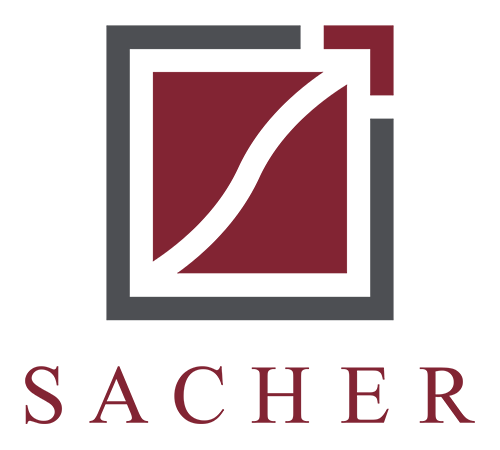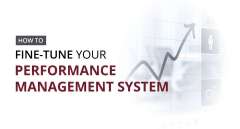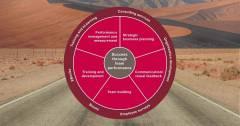Last month I wrote about the importance of a unified sense of direction, vision and business planning. The next essential component of team performance is the organization strategy.
Strategy formulation is the selection of the best course of action in order to achieve the organization’s vision. Basically, strategy formulation defines how the organization is going to achieve its vision, or how to close the gap between where it is now and where it wants to be. In other words, it identifies the correct road map to follow in order to arrive at the desired destination.
Business is like war in one respect; if its grand strategy is correct, any number of tactical errors can be made and yet the enterprise proves successful.
General Robert E. Wood
An understanding of the concept of competitive advantage is crucial to the strategy formulation process. An organization’s competitive advantage refers to what the organization does or has that is better than its competitors. There are two general rules which need to be applied when formulating a strategy:
Rule Number 1: Always lead from your position of strength. Competitive advantage should be exploited as much as possible.
Rule Number 2: The basic strategy for all companies should be to concentrate resources where the company presently has, or can readily develop a meaningful competitive advantage.
Andrea Dunham and Barry Marcus in their book: Unique value: The secret of all great business strategies, Macmillan Publishing Company (1993) talk about the three principles that Seagram applied to the development of a winning strategy to enter the wine cooler business:
- Never stop analyzing the business
- Never stop leveraging what you do uniquely well
- Never stop learning.
These are all principles that successful businesses must implement if they want to survive.
Thomas Clarke and Stewart Clegg writing in their book: Changing Paradigms: The transformation of management knowledge for the 21st century, Harper Collins Business (1998) p.240 summed it up well:
As the business environment becomes increasingly turbulent and technological change becomes more rapid it will pay companies to think more about whether they have the right strategic intent before they set about implementing it. If the preconceived strategic plans of the past are no longer appropriate, strategic thinking should not simply be abandoned. Creative and responsive strategic thought is stimulated by developing the capabilities and knowledge that allow proactive approaches to change, based on transferable skills, even if this involves the rethinking of whole businesses and industries.
Thomas Clarke and Stewart Clegg
Detailed references and additional information can be provided on request, and questions are welcome. This email address is being protected from spambots. You need JavaScript enabled to view it.
TALK TO US ABOUT HOW WE CAN HELP YOUR BUSINESS
Book an obligation free clarity call to discuss our programs and your requirements.
Online Access, on our Learning Management System, or yours, to all five Sacher Associates courses:
- A Commonsense Approach to Business Planning
- Performance Measures Applied
- Performance Linked Communication
- Success Through Team Performance
- Performance Linked Learning
Discover how we can help your business increase productivity and improve performance:
- Discussion on consulting requirements
- Diagnostic review of your company
- Multiple User Access
- Access to Sacher Associates exclusive closed Facebook Group
- Customised courses and delivery solutions








